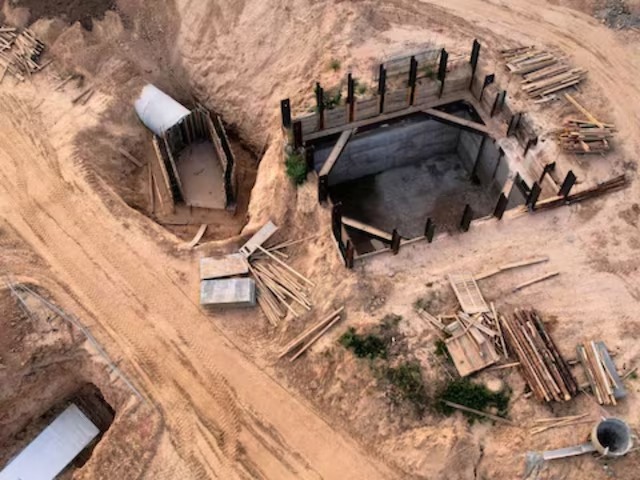1500-year-old Human Remains Discovered by Mexican Archaeologists From a Construction Site
Human remains from a 1500-year-old grave have been found in Mexico. This find was made by a team of archaeologists while they were working on a sewage line construction project. The Pozo de Ibarra in the western Mexican state of Nayarit was the site of this project’s construction. The fact that the bones were piled suggests that the undertaking was carried out as a ceremony. The bones date back to pre-Hispanic times, according to the National Institute of Anthropology and History (INAH) of Mexico. This epoch corresponds to the pre-Spanish era of the western hemisphere.

One whole skeleton and the bones of additional people were discovered in the mound of bones at the burial site. Details about these bones were disclosed in a statement by INAH field archaeologist Claudia Servin Rosas. According to Claudia, some of the bones were arranged into distinct categories and purposefully piled. These comprised seven whole skulls in one category and lengthy bones such as tibias (lower leg bones) and femurs (thigh bones) in another.
According to Claudia, the burial could have been a component of customary family funerals. The men were buried in accordance with these customs to mark the founding of a new community. However, Claudia states that there are no other records of such behaviors in the area.
All of the skulls belonged to individuals of different ages, according to an examination. The practice of cranial alteration, which was common in Mesoamerica, was evident in several of the specimens. Artificial cranial deformation is the process of forcibly changing the natural shape of the skull. It was discovered by researchers that the bones were buried or interred at the same time. According to the experts, the grave ceremonies bore similarities to those carried out in the Amapa period, which spanned from 500 AD to 850 AD.
In addition to the bone pile, the archaeologists have found pottery utensils and figures at the site, according to the Miami Herald newspaper. This evidence aided the archaeologists in drawing the conclusion that the last ceremonies resembled those of the Amapa period.
To conserve the remains for future research, the INAH and the local authorities are now working together.






